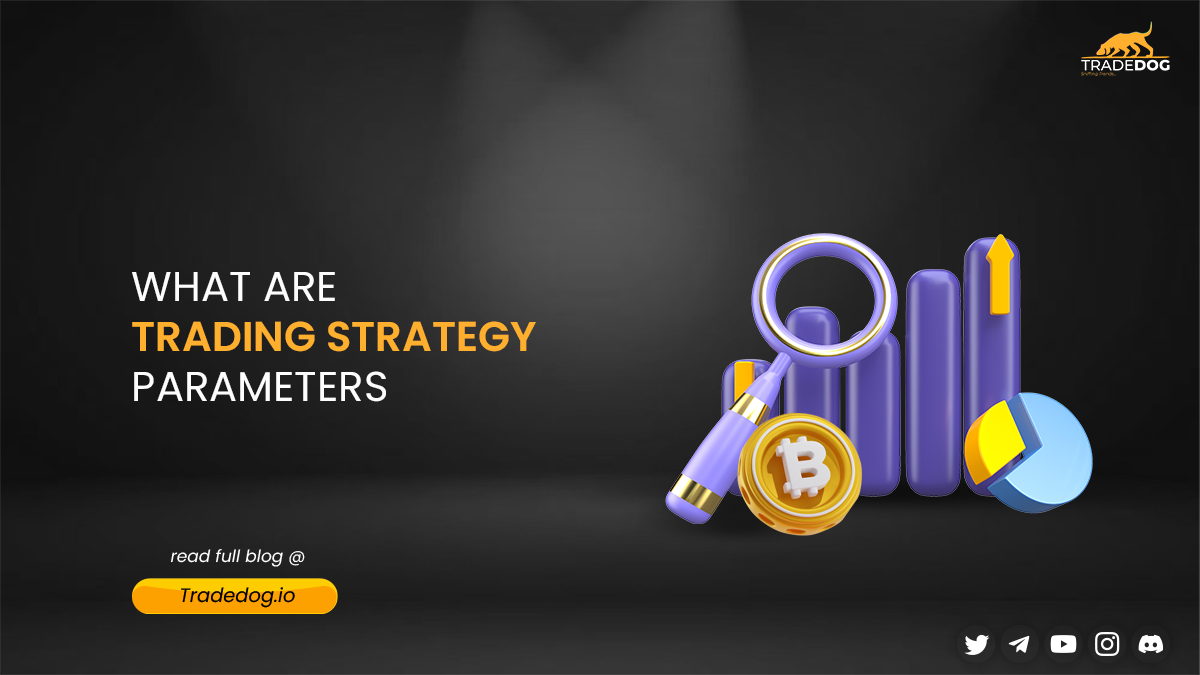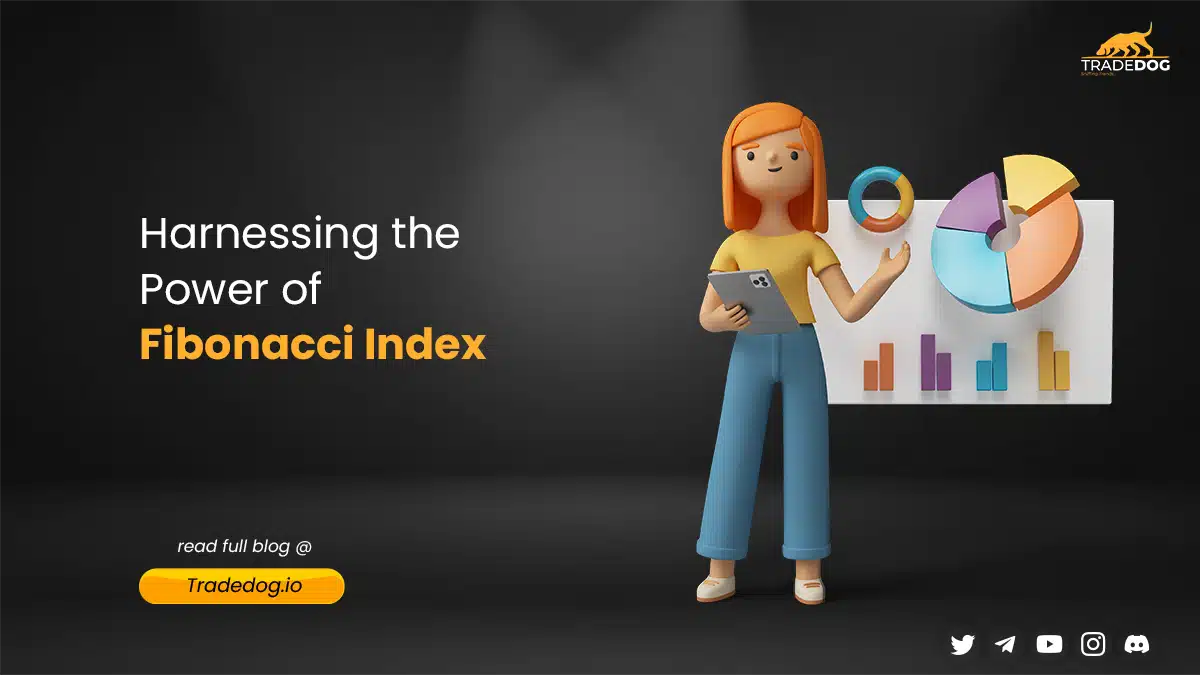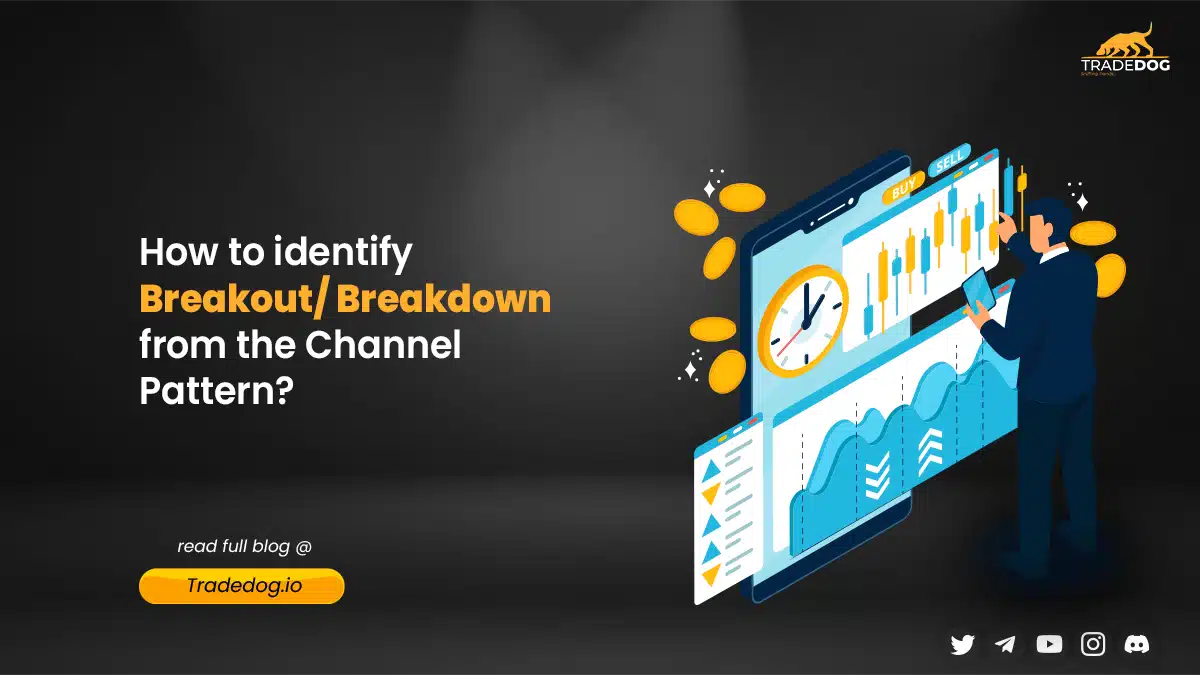Quick Links
Greetings! You have entered the realm of cryptocurrency trading, where you have the option to utilize borrowed funds to increase your buying or selling capacity. However, what does this exactly entail?
Simply put, leveraging in cryptocurrency trading refers to using borrowed funds to execute trades, enabling you to engage in larger trades despite having limited initial capital. This can boost your potential earnings, but it also entails risks requiring careful understanding before engagement. This inclusive manual will discuss leveraging in cryptocurrency trading, its significance, how it operates, and the associated risks. So, brace yourself and prepare to acquire comprehensive knowledge on leveraging cryptocurrency trading.
Understanding Leverage
Do you want to take your cryptocurrency trading to the next level? Understanding leverage could be the answer you’re looking for. Leverage simply means using borrowed funds to increase your trading power, allowing you to control more cryptocurrency than your initial capital would allow.
Let’s say you have $100 and you use 5:1 leverage. This means you can purchase or sell $500 worth of cryptocurrency, with your $100 worth of capital.
Crypto trading can be classified as margin and futures trading. Margin trading allows you to borrow funds from a broker to make trades. On the other hand, Futures trading involves entering an agreement to purchase or sell a particular crypto at a predetermined time and price.
Using leverage can have its benefits and drawbacks. The primary advantage is the potential to earn more significant profits than you would with only your initial capital. However, if the trade goes south, you will also experience amplified losses. Additionally, interest on borrowed funds can accumulate quickly, resulting in significant debts if not adequately monitored.
Risks Involved with Leverage Trading
Leverage trading in the crypto market can be an exciting way to increase your gains, but it’s crucial to understand and manage the risks involved. One of the significant risks of leveraging is market volatility. Cryptocurrencies are known for their unpredictable fluctuations, and leveraging can amplify the impact of sudden price swings, which can lead to significant losses, including liquidation and margin calls.
Liquidation occurs when the value of your leveraged position drops below a specific limit, resulting in the automatic closure of the position to avoid further losses. Margin calls happen when your collateral is insufficient to support your leveraged position, and your broker demands additional funds to prevent liquidation.
To minimize these risks, it’s vital to have a robust risk management strategy in place. This involves setting stop-loss orders to close positions automatically if the market moves against you, and only risking a small percentage of your account on any one trade. Furthermore, diversifying your portfolio and staying up-to-date with market trends and news can help you make informed trading decisions.
Leverage Trading Strategies
It is imperative to have a well-defined trading strategy in place when engaging in leverage trading. To maximize your leveraged positions, consider using the following different trading strategies.
Swing trading involves holding positions for a few days or weeks to capture market swings. This approach is ideal for traders who want to avoid the noise of short-term market movements. In contrast, day trading requires traders to enter and exit positions within the same day, requiring quick decision-making skills and a deep understanding of market trends and news implications.
Position trading involves holding positions for weeks or even months, making it an attractive option for traders who prefer a longer-term approach and want to take advantage of macroeconomic trends.
Now, let’s discuss some tips for successful leverage trading. Firstly, it is critical to comprehend the risks involved and only use leverage if you are comfortable with the potential losses. In addition, diversifying your portfolio and adhering to a solid risk management strategy is crucial to mitigating risks.
Moreover, staying informed about market news and trends is essential in making informed trading decisions. This entails keeping an eye on regulatory changes and industry developments that could impact the crypto market.
Lastly, exercising patience and discipline when trading with leverage is essential. Avoid chasing short-term gains and focus on long-term profitability instead.
Best Practices for Using Leverage
Leverage trading can be an exciting way to amplify gains, but it’s essential to use it responsibly. Here are some best practices to keep in mind when using leverage to trade cryptocurrencies.
Firstly, it’s crucial to do your research before using leverage. This includes understanding the market conditions, the risks involved, and the specific terms and conditions of your chosen platform. Make sure you’re comfortable with the potential losses before entering into any leveraged positions.
Next up, let’s talk about managing risk. One of the most important things to keep in mind is to only risk a small percentage of your account on any one trade. Additionally, setting stop-loss orders can help automatically close positions if the market moves against you. Diversifying your portfolio and staying informed about market news and trends are also crucial elements of an effective risk management strategy.
Finally, let’s talk about some common mistakes to avoid. Firstly, don’t chase after short-term gains. Instead, focus on long-term profitability and be patient with your investments. Additionally, don’t use leverage as a crutch for lack of knowledge or experience. Always keep learning and honing your trading skills.
Choosing a Leverage Trading Platform
One of the initial things you must take is to choose a trading platform that enables leverage trading. However, with a number of platforms to select from, it can be tough to identify which one is the greatest fit for you. Here are some important factors to think about before making a choice.
First and foremost, you should pick a trading platform that supports a variety of cryptocurrencies. As a result, you’ll have more options to choose from and can diversify your portfolio. Additionally, you’ll want to keep an eye on the platform’s fees. Leverage trading fees may be lower on some platforms, which could result in long-term cost savings for you.
Another important element to examine is the platform’s security measures. Check if the platform uses strong encryption and has a good reputation for keeping customer payments safe. You should also look into if the platform is overseen by a reputable authority, which can provide you with further peace of mind.
Now, let’s look at some of the best platforms for crypto leverage trading. One of the most well-known options, Binance, provides leverage trading for a variety of cryptocurrencies. Another popular platform, BitMEX, offers up to 100x leverage for Bitcoin trading. Kraken is a great choice for people looking for a more user-friendly interface because it offers leverage trading for a number of cryptocurrencies and has lower costs than some other platforms.
Conclusion
Leverage trading has emerged as a buzzword in the realm of crypto trading. It serves as a formidable weapon that amplifies profits, but it can equally magnify losses. Hence, it is paramount to grasp the concept of leverage before embarking on crypto trading.
Leverage involves utilizing borrowed funds to enhance your trading position, providing traders with a chance to invest in more significant assets with a smaller upfront investment. However, it comes with substantial risks that might not suit everyone.
To minimize these risks, traders should follow some leverage trading best practices. This includes setting stop-loss orders, maintaining low leverage levels, portfolio diversification, and adhering to a trading plan.
Choosing a reliable leverage trading platform is equally important. Such a platform should have top-notch security measures, an intuitive interface, and a diverse range of trading instruments.
To conclude, leveraging trading can be a game-changer for crypto traders. But, to mitigate risks, traders must understand its downsides and adhere to best practices. By doing so, traders can increase their chances of attaining financial objectives. So, before venturing into the crypto world, take time to educate yourself on leverage and develop a feasible trading plan.













